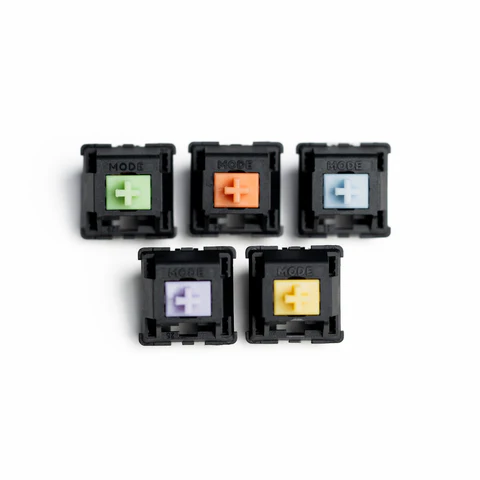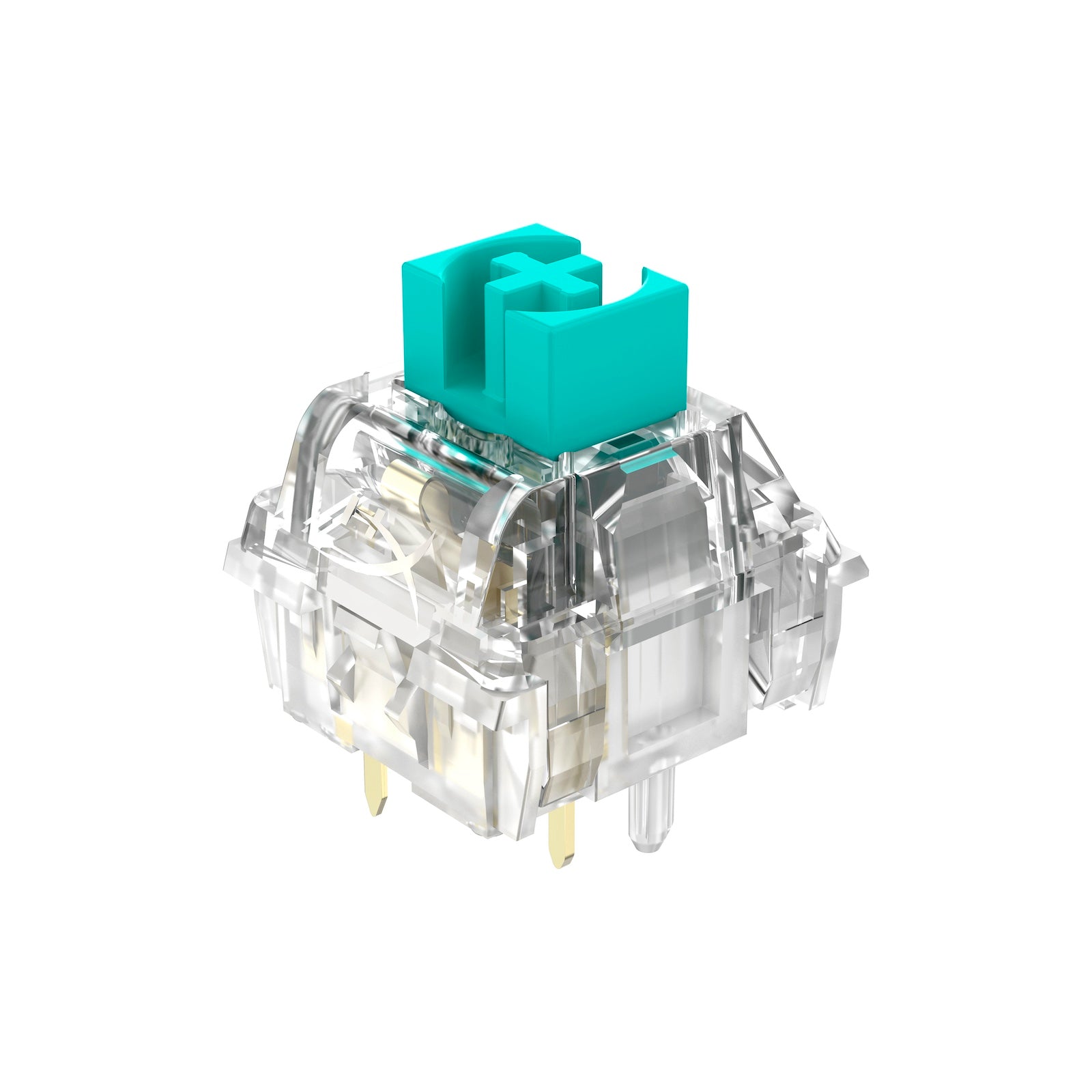Gaming professionals often seek out specialized tactile switches for better keystrokes.
Understanding the Benefits of Tactile Switches Over for Enhanced Individual Experience
Tactile buttons are integral to contemporary interface, providing physical comments that boosts interaction accuracy and individual complete satisfaction. These systems are particularly useful in atmospheres where rate and precision are vital, such as in pc gaming or expert settings. By providing a distinctive experience upon activation, tactile switches validate user inputs without the demand to divert visual attention, streamlining task implementation and minimizing mistake rates. This mix of prompt physical response and integrity welcomes additional exploration right into their broader ramifications and advantages.
Exploring the Mechanics of Tactile Changes
To comprehend how tactile switches boost customer experience, it is important to dig into their technicians. Responsive switches run via a mechanism that individuals can feel and listen to when a trick is pressed.
The building of these switches varies, yet common products include steel for the calls and rubber or silicone for the responsive dome - tactile switches. These elements are engineered to hold up against millions of cycles, making sure resilience and consistent performance over time. This integrity makes tactile buttons specifically preferred in environments that demand fast, precise user input
Just How Tactile Comments Improves Precision and Speed
Several individuals locate that responsive feedback from buttons significantly enhances both the accuracy and speed of their communications with gadgets. The distinctive physical feeling given when a tactile button is activated allows individuals to confirm their input without needing to ascertain aesthetically. This verification is important in atmospheres where focus is split throughout several jobs, as it makes sure inputs are both willful and appropriate.
Furthermore, the immediate feedback from tactile switches minimizes the time taken between actions. Users do not need to press keys multiple times to ensure activation, causing quicker reaction times. This performance is especially beneficial in high-speed keying circumstances where each millisecond can add to overall efficiency.

In addition, the enhanced sensory experience minimizes user fatigue and raises engagement, making communications a lot more instinctive and less prone to errors - tactile switches. Therefore, responsive buttons not just boost the capability of a gadget however also add to an extra gratifying user experience
The Duty of Tactile Changes in Pc Gaming Efficiency

Moreover, responsive buttons add to faster reaction times. The physical experience validates the vital press without the requirement to bad the tricks, allowing quicker inputs and a smoother gaming experience. This is especially useful in games that require fast and repetitive keystrokes, where speed is frequently as critical as precision.

Tactile Buttons in Specialist Atmospheres
Tactile switches are just as transformative in professional environments, where efficiency and ergonomic style boost productivity. These buttons, typically found in high-precision keyboards, are treasured for their receptive responses. When pushed, they offer a recognizable bump midway through the keypress, validating activation without the demand for full traveling. This function permits professionals such as typists, programmers, and data entrance clerks to raise keying speed and accuracy, minimizing the threat of errors and the pressure related to extended keyboard use.
In setups like control rooms or workshops, tactile buttons are incorporated right into equipment for their reliable performance. They supply operators the have a peek here certainty needed in high-stakes settings, ensuring that every command or adjustment is performed as meant. This reliability, combined with the tactile feedback, helps maintain high levels of focus and operational efficiency, critical in preserving workflow and meeting specialist standards.
Comparing Tactile and Non-Tactile Customer User Interfaces
Exactly how do responsive customer interfaces contrast to their non-tactile counterparts? Responsive user interfaces, such as those with physical buttons or textured surface areas, use immediate physical comments via touch.
The choice between responsive and non-tactile user interfaces commonly depends on the application's context and user demands. Tactile user interfaces are important in circumstances requiring procedure without straight line of sight, such as driving or in specific commercial settings.

Verdict
In verdict, responsive buttons substantially enhance user experiences by offering crucial physical feedback. recommended you read By offering a much more instinctive and satisfying interaction, responsive buttons verify premium to non-tactile interfaces, making them a favored choice for users seeking dependability and performance in their useful source interactions with technology.